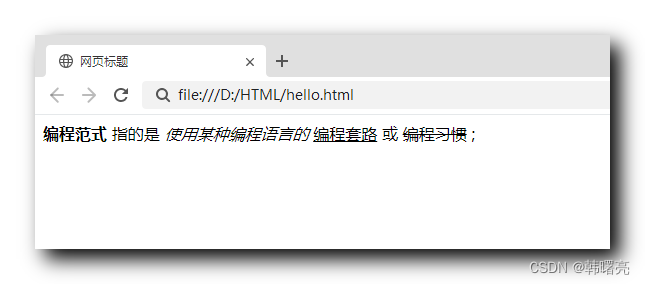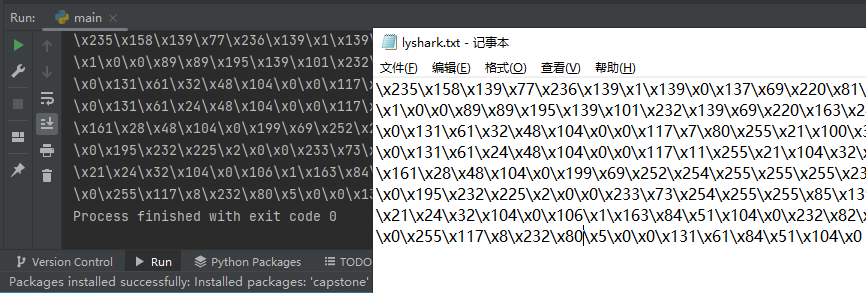从paramHankel.scaled()函数(mixComp包)检索值
提问于 2022-05-14 12:42:50
paramHankel.scaled()是mixComp包中的一个函数,用于确定有限混合模型的分量。例如,下面的代码显示了如何使用该函数:
library("mixComp")
set.seed(0)
# construct a Mix object:
normLocMix <- Mix("norm", discrete = FALSE, w = c(0.3, 0.4, 0.3), mean = c(10, 13, 17), sd =
c(1, 1, 1))
# generate random samples:
normLocRMix <- rMix(1000, obj = normLocMix)
# plot the histograms of the random samples:
plot(normLocRMix, main = "Three component normal mixture", cex.main = 0.9)
# define the function for computing the moments:
mom.std.norm <- function(j){
ifelse(j %% 2 == 0, prod(seq(1, j - 1, by = 2)), 0)
}
MLE.norm.mean <- function(dat) mean(dat)
MLE.norm.sd <- function(dat){
sqrt((length(dat) - 1) / length(dat)) * sd(dat)
}
MLE.norm.list <- list("MLE.norm.mean" = MLE.norm.mean, "MLE.norm.sd" = MLE.norm.sd)
# define the range for parameter values:
norm.bound.list <- list("mean" = c(-Inf, Inf), "sd" = c(0, Inf))
# create datMix objects:
normLoc.dM <- RtoDat(normLocRMix, theta.bound.list = norm.bound.list,
MLE.function = MLE.norm.list, Hankel.method = "translation",
Hankel.function = mom.std.norm)
# define the penalty function:
pen <- function(j, n){
j * log(n)
}
# apply papamHankel.scaled to datMix objects:
norm_sca_pen <- paramHankel.scaled(normLoc.dM)
# plot the results for both mixtures:
par(mar=c(5, 5, 1, 1))
plot(norm_sca_pen)在我们使用的最后一行
norm_sca_pen <- paramHankel.scaled(normLoc.dM)两个组分的混合模型参数如下:
Parameter estimation for a 2 component 'norm' mixture model:
Function value: 2392.6800
w mean sd
Component 1: 0.74923 11.88077 2.0151
Component 2: 0.25077 17.14082 0.9251
Converged in 3 iterations.如何从两个组件模型的norm_sca_pen中检索权重(w)、均值和sd的值?
回答 1
Stack Overflow用户
发布于 2022-06-06 19:01:26
你可以花点功夫来得到这些值。这将与三个组件以及w、mean和sd一起创建一个数据框架。
您需要添加tidyverse。(这使用dplyr和purrr,但tidyverse同时调用两者。)
如果有三个以上的,这将仍然有效。
# apply papamHankel.scaled to datMix objects:
norm_sca_pen <- paramHankel.scaled(normLoc.dM)
op <- capture.output(.Last.value)
df1 <- data.frame(Components = as.character(), w = as.numeric(),
mean = as.numeric(), sd = as.numeric())
map(2:length(op),
function(k) {
x = strsplit(op[k], ": ")
y = gsub(" ", " ", x[[1]][2])
z = strsplit(y, " ")
df1[nrow(df1) + 1, ] <<- c(x[[1]][1], z[[1]][2], z[[1]][3], z[[1]][4])
}
)页面原文内容由Stack Overflow提供。腾讯云小微IT领域专用引擎提供翻译支持
原文链接:
https://stackoverflow.com/questions/72243728
复制相关文章
点击加载更多














